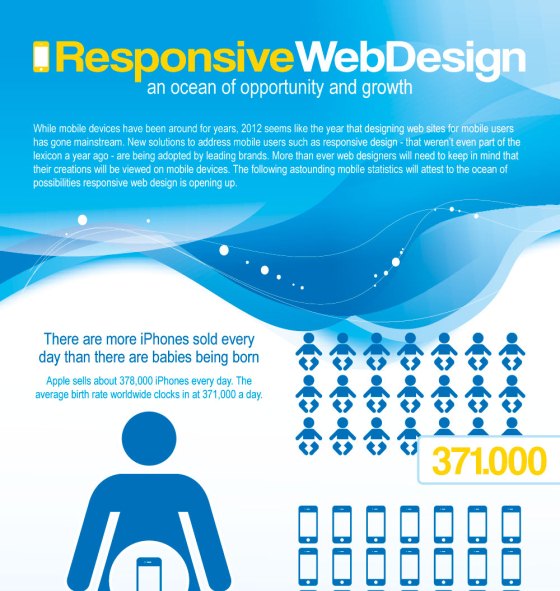Crafting A User-Friendly Web Site: Techniques And Techniques For Reliable Web Design
Crafting A User-Friendly Web Site: Techniques And Techniques For Reliable Web Design
Blog Article
Web Content By-Hjelm Geertsen
Master the art of web design by concentrating on individual experience. Craft instinctive navigating and go with mobile optimization to improve the surfing experience. Ensure very easy navigation with clear headings and enticing visuals. Prioritize mobile responsiveness for a consistent user experience. By incorporating these necessary layout concepts, you can create a straightforward site that mesmerizes visitors.
Necessary Style Concepts
When developing a website, focus on individual experience most of all else. Your major objective should be to create a smooth and pleasurable experience for your site visitors. Begin by making sure that your web site is simple to navigate. Use clear headings, organized food selections, and instinctive buttons to guide individuals with your web content effortlessly. Remember, simplicity is key. Prevent littering your web pages with unnecessary components that can bewilder or puzzle your audience.
One more important style principle is to ensure your website is visually enticing. Select a cohesive color scheme, top quality images, and legible fonts to enhance the general appearance of your website. Uniformity is critical in developing a solid brand name identity and making your site extra unforgettable to customers.
Additionally, focus on mobile responsiveness. With even more people searching the web on their smart devices and tablet computers, it's vital that your internet site looks and operates well on all tools. Examine your website on various display sizes to guarantee a smooth experience for all users. By focusing on these important design principles, you can create a straightforward site that keeps site visitors returning for more.
User-Focused Navigation
To enhance user engagement and streamline their searching experience, focus on producing instinctive navigating pathways that guide site visitors seamlessly through your web site. Clear and efficient navigation is essential for helping users discover the information they require rapidly and successfully. Beginning by keeping your food selection framework straightforward and understandable. Usage descriptive labels that plainly indicate what web content can be located under each menu option. Additionally, take into consideration implementing dropdown food selections for subcategories to avoid overcrowding the major navigating bar.
One more vital element of user-focused navigation is the use of breadcrumbs. Breadcrumbs are a secondary navigating help that shows users their existing area on the web site and permits them to conveniently navigate back to previous pages. This feature is especially handy for users who enter your site through a deep web link or a search engine result.
Additionally, including search functionality prominently on your website can better boost individual navigating. A search bar permits individuals to promptly locate particular content without having to click through numerous pages. Guarantee that your search bar is quickly visible and obtainable on every page of your site for optimum usability. By focusing on user-focused navigating approaches, you can produce a more intuitive and enjoyable searching experience for your visitors.
Mobile Optimization Techniques
Consider optimizing your site for mobile phones to make sure a smooth customer experience throughout various screen sizes. Mobile optimization is essential in today's digital landscape where a substantial part of internet surfing occurs on mobile phones and tablets.
To boost https://minutehack.com/news/filling-in-empathy-map-tips-for-uxui-designers , begin by applying responsive style methods. This approach enables your website to adjust to different display dimensions, keeping functionality and aesthetic appeals.
Concentrate on maximizing loading times for mobile customers. Slow-loading websites can prevent visitors and impact your internet search engine rankings. Compress pictures, minimize HTTP demands, and leverage web browser caching to improve loading speed. Furthermore, focus on web content pecking order for mobile displays. Ensure that necessary details is prominently displayed, and navigation is user-friendly, promoting very easy accessibility to essential areas.
Utilize touch-friendly components such as bigger buttons and structured forms to assist in interaction on mobile phones. Conduct comprehensive testing across various mobile systems to recognize and rectify any usability issues.
Final thought
In conclusion, understanding the art of website design is crucial for creating an easy to use site. By including necessary layout concepts, user-focused navigation, and mobile optimization techniques, you can guarantee a smooth and delightful experience for your visitors.
For instance, a regional pastry shop saw a 30% rise in online orders after overhauling their site to be a lot more user-friendly and mobile-responsive. Remember, a well-designed website can make all the difference in bring in and maintaining customers.
